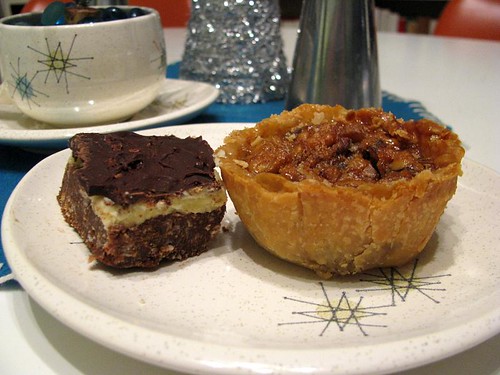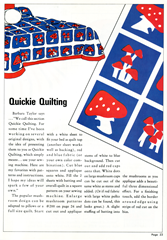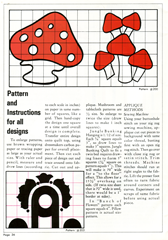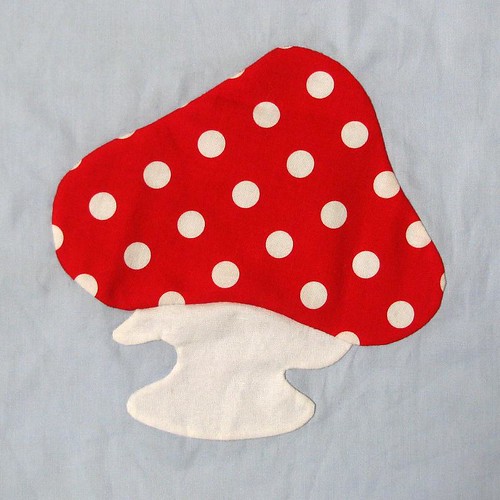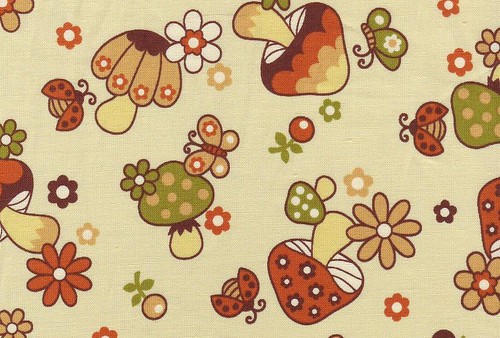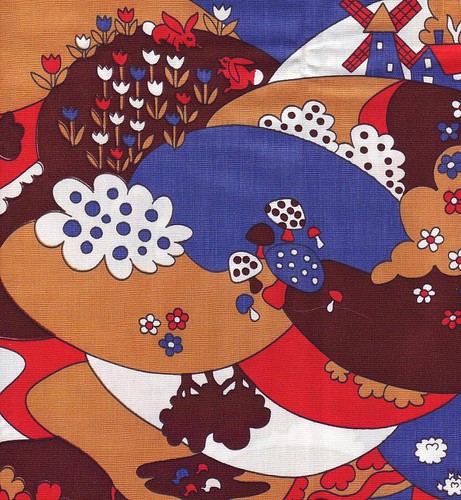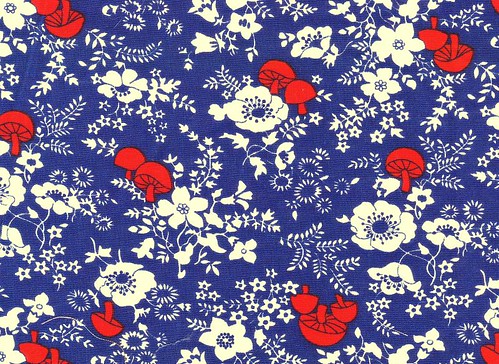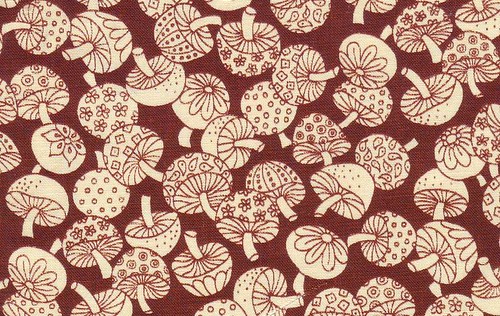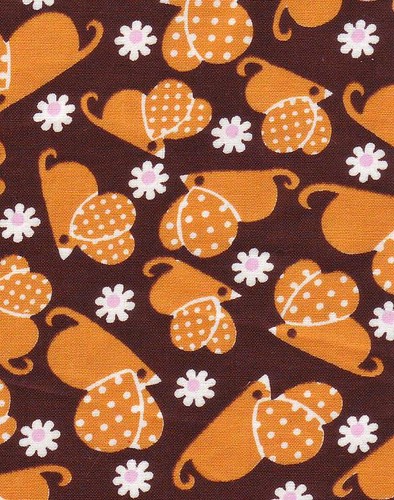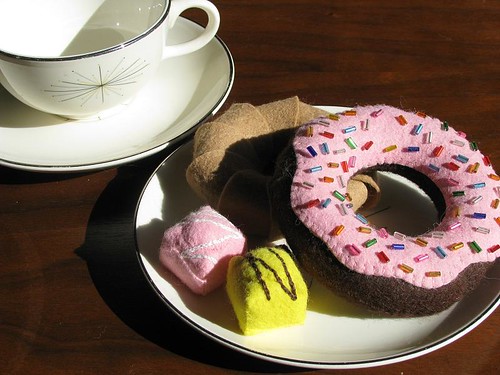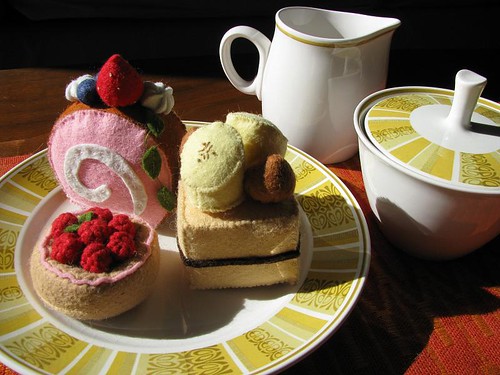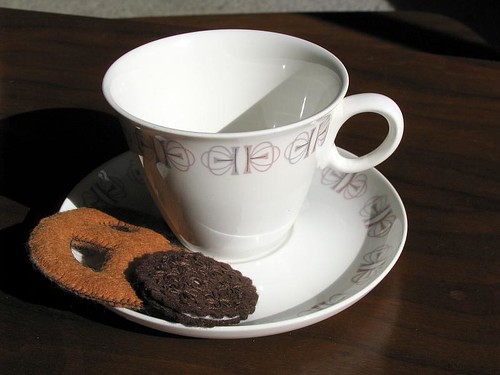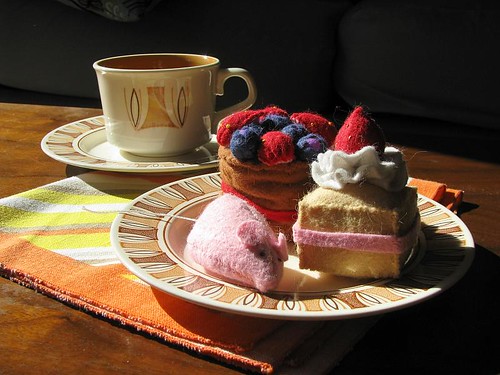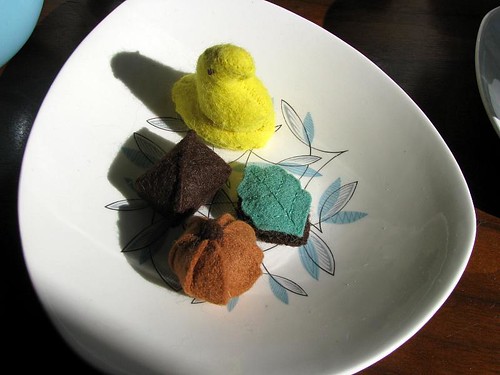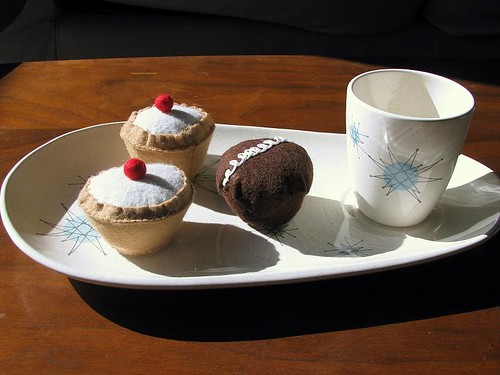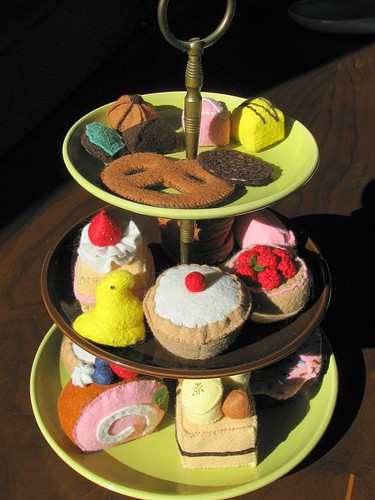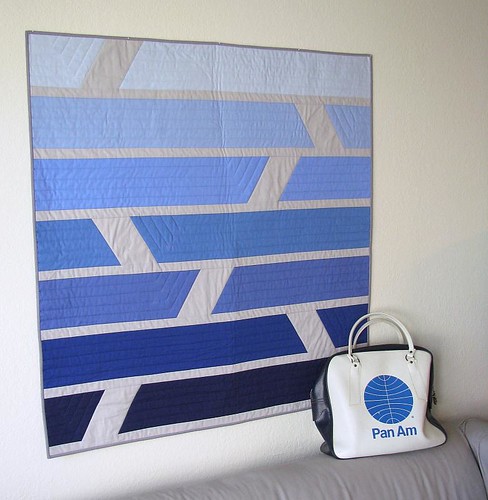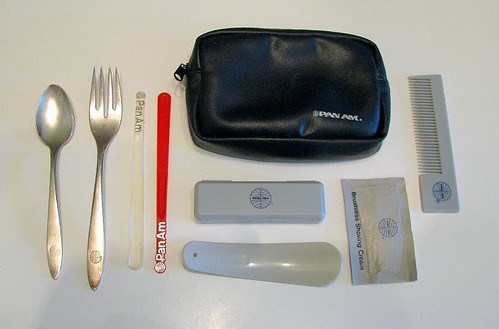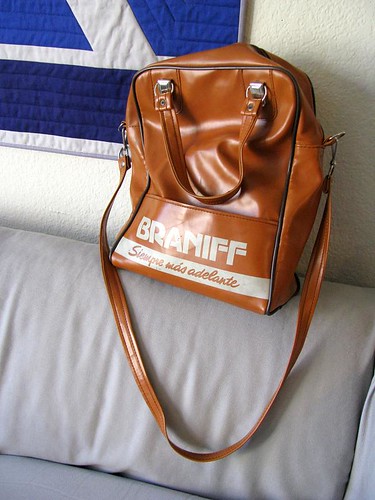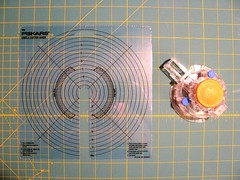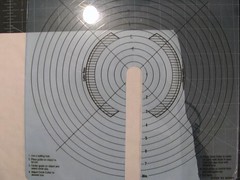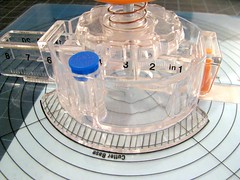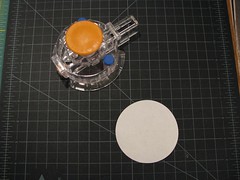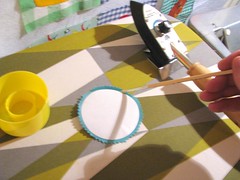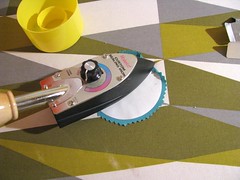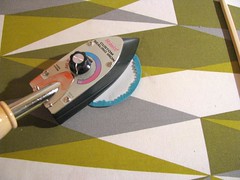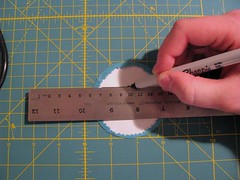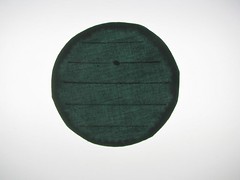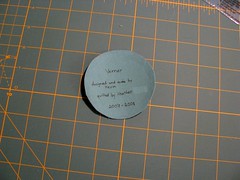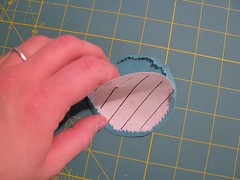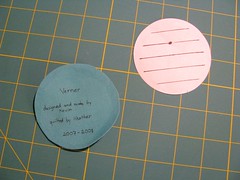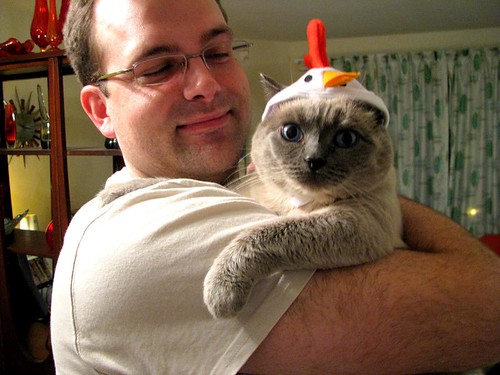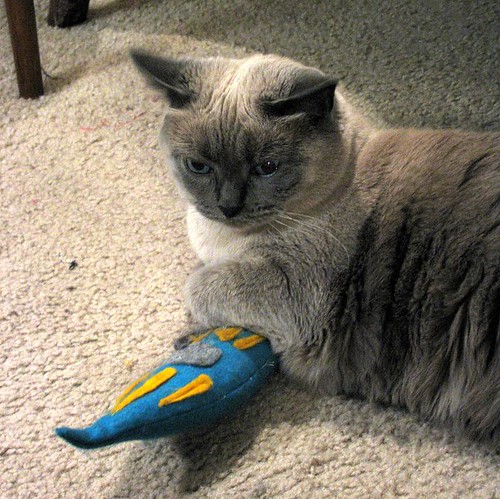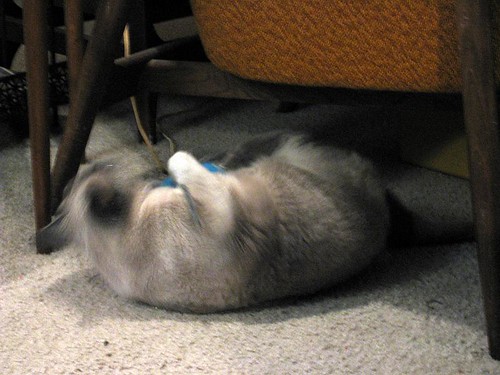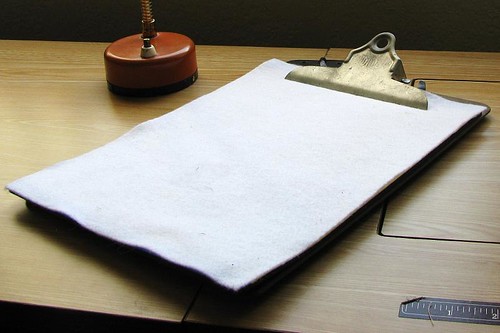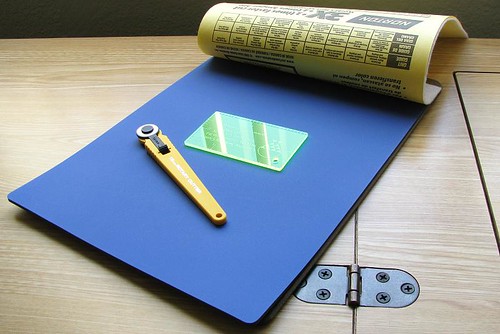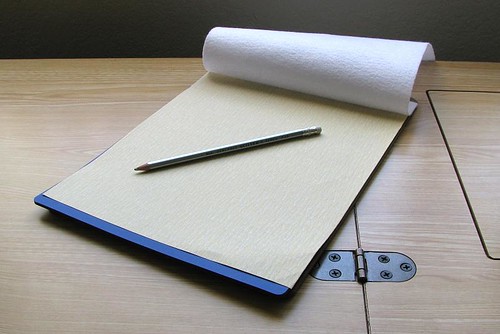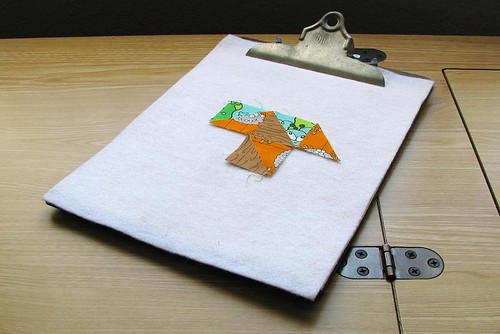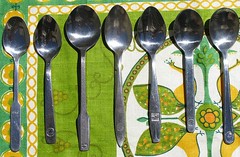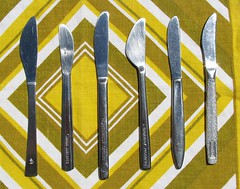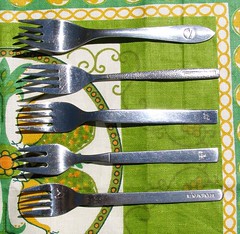Spending my first Christmas away from my family, I've been discovering that cookies were one of the biggest parts of my Christmases growing up. I'm not sure I'm even all that fond of this time of year, but as December started, I found myself hankering for the half-dozen types of cookies the Mother would bake annually. I pestered her for the recipes, and the Other and I baked up a batch of nearly all the old faves.
That includes two Canadian sweets you don't see very often round these parts. It wouldn't be Christmas without Nanaimo bars, and butter tarts bring a nice contrast to the chocolate that covers our cookie tray. The gooey butter tarts—similar in flavour to pecan pie—are the Other's new favourite indulgence. So if you haven't done all your baking yet, here's a couple recipes to try, with the Mother's Americanization tricks included.
Nanaimo Bars
The Mother's Canuck-in-Yankland Trick
Authentic Nanaimo bars use custard powder, which is virtually nonexistent in the States. Instead, use vanilla instant pudding mix, but add a bit of almond extract to get closer to the custard flavour.
¾ cup butter
¼ cup white sugar
1/3 cup cocoa
1 tsp vanilla
1 egg
2 cups graham cracker crumbs
1 cup coconut
½ cup walnuts (optional; we usually skip 'em)
2 Tbsp custard powder (or instant vanilla pudding mix)
1/8–¼ tsp almond extract (if using pudding mix)
3 Tbsp milk
2 cups icing sugar
6–8 oz chocolate chips
Melt ½ cup butter. Blend in the sugar, cocoa, vanilla, egg, graham cracker crumbs, coconut, and walnuts, if using. Press into a buttered 8" square pan. Refrigerate.
Cream the remaining ¼ cup butter with the dry custard powder or pudding mix. Add milk and icing sugar. Add almond extract if using. Blend together. Spread onto the bottom layer; return to fridge.
Melt chocolate chips in a glass cup in the microwave (6 oz is half a bag, but it can take a little more). Make sure the bottom layers are cold, then spread the chips on top.
Butter Tarts
The Mother's Canuck-in-Yankland Trick
The poor American excuse for corn syrup will do for this recipe, but Canadian corn syrup, more like English golden syrup, is better. So use golden syrup if you can find it. And avoid the temptation to use pecans if you're going for the real thing!
1 cup corn syrup (or golden syrup)
2/3 cup brown sugar
2 eggs, slightly beaten
¼ cup butter
¼ tsp salt
2/3 cup chopped walnuts and/or raisins
½ tsp vanilla
Pastry or tart shells (1 box of refrigerated pie crusts is enough but will require rerolling)
Mix corn syrup and brown sugar in a saucepan. Cook gently for 5 minutes. Cool slightly. Pour mixture over slightly beaten eggs; beat continuously, adding remaining ingredients (except pastry, duh).
Press circles of pastry into 12 tart tins or muffin cups. Fill unbaked shells 2/3 full. Bake at 450°F for 10 minutes. Then reduce heat to 350°F and continue baking for an additional 15 minutes, until set. Don't overcook—it's better to pull them out a little on the underdone side so the tarts stay runny.
The Other woke me up on Saturday morning with the aroma of butter tarts coming out of the oven—not the healthiest breakfast by any means, but a tasty one!

